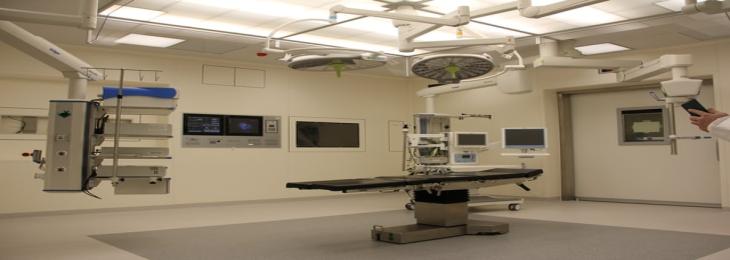
The healthcare sector has been evolving continuously with the advent of advanced technologies, the internet, IoT, and novel devices. Innovative devices aid clinicians and surgeons to provide better healthcare services at an effective cost.
Medical robots
are one of those ingenious innovations that have disrupted the healthcare industry massively. For laymen, medical robots refer to robots used in medical science where they find applications in surgical procedures and other activities. However, why do we need medical robots? What advantage do they give us over conventional devices?First and foremost, there are different types of medical robots including rehabilitation robots, surgical robots, biorobots, telepresence robots, etc. with each having its unique function. One of the major advantages that medical robots present is enhanced accuracy. Surgical procedures are one of the most challenging tasks that require nerves of steel and immense precision. Surgical robots have the potential to bridge the gap between humans and machines where they can perform extremely critical surgeries, exhibiting utmost precision with no trembling of the knife. This, obviously, will include human supervision although the robot will be in the driving seat.
Surgical robots
can even perform micro-surgery such as unclogging blood vessels.For a disease, even before the treatment starts, the most important thing is to have is accurate and timely diagnosis. Accurate diagnosis can help clinicians and surgeons to decide the most suitable pathway of treatment or surgical procedure if required. In the recent past, medical robots have been integrated with machine learning and artificial intelligence, in order to make them highly efficient and errorless. AI is such a powerful tool that can scan hundreds of thousands of cases and identify the correlation, some of which are not even included in the current medical records. Many hospitals across the globe have started adopting AI-enabled robots that not only provide accurate diagnoses but are also rivaling some of the best doctors. Such breakthroughs can help severely sick individuals in getting treatment at the earliest.
During the COVID-19 pandemic, one of the major challenges we witnessed was being lonely. Recent circumstances have shed light on mental health issues and how far they can go if they are not treated promptly. As per Johns Hopkins Medicine, around 26% of the adults aged 18 years and above in the U.S. suffer from diagnosable mental disorders. Service robots have proven to be really important in exhibiting human-like functions and making sick and elderly patients feel less lonely. In fact, there are companion robots that can help these patients stay positive and remind them to take medicine and also do a routine checkup for glucose level, blood pressure, etc.
Another thing the coronavirus pandemic taught is the importance of hygiene. In commercial and healthcare settings, it is extremely important as well as challenging to maintain adequate hygiene and cleanliness. Modern disinfecting robots have emerged as the perfect solution for these problems as they can roam autonomously and bombard hospital walls, empty rooms, doors, doorknobs, and rails with high-powered UV rays for several minutes, in order to sanitize them until no microorganism is left alive.
Medical robots are here to stay and they are only going to get better. Their application is expanding with modern medical robots being used for clinical training. Of course, human supervision will remain the key element of this technological revolution. However, this ingenious medical technology will indeed make our lives better.






